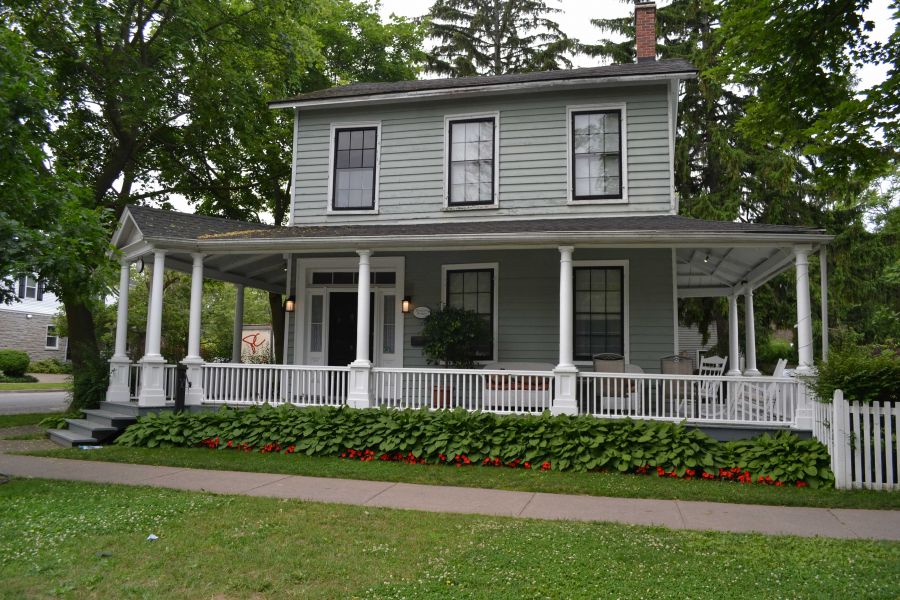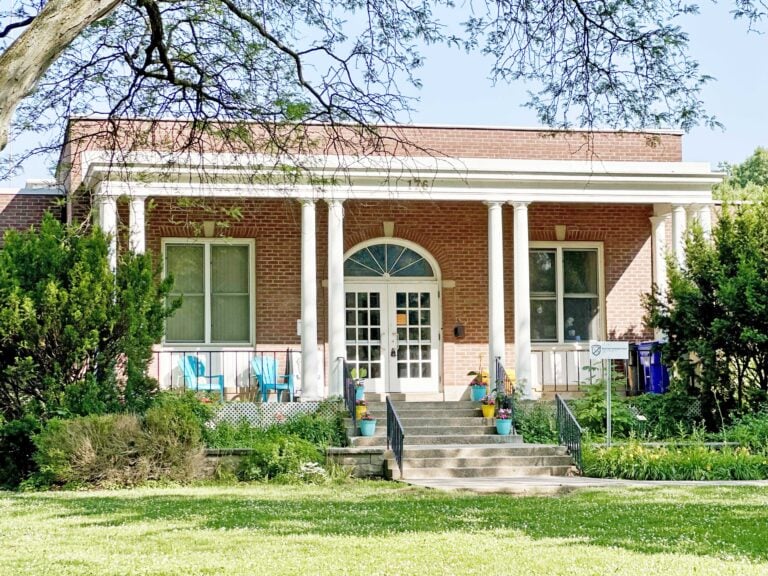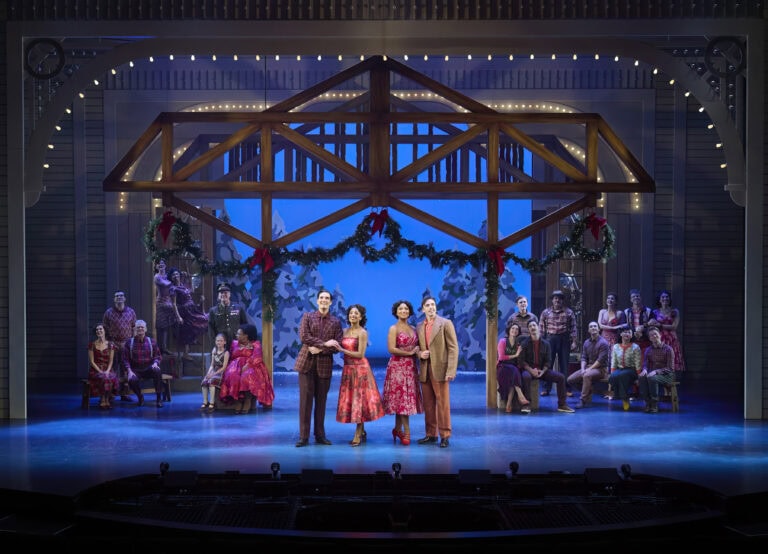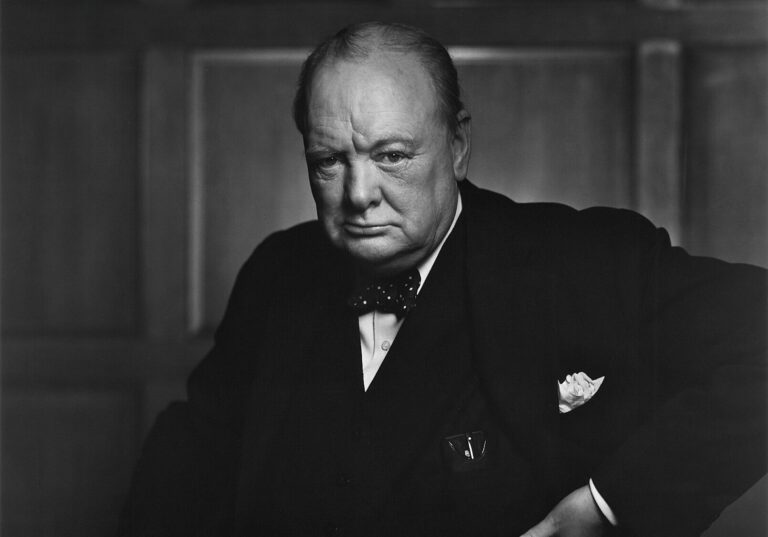This is the first instalment of a three-part series looking at some of the magnificent houses of NOTL’s historic Queen Street.
Following the War of 1812, the government encouraged the re-establishment of Niagara-on-the-Lake to be built southwest of Mary Street, out of range of American cannon fire from Fort Niagara. For example, the second courthouse and jail was built away from the Niagara River in the area that is now Rye Park.
However, the town’s people preferred to establish their businesses on Queen Street, close to the industrial lake port on the Niagara River. This was a reflection of the confidence the people had with the new Upper Canadian government following the War of 1812. The commercial area of town was mainly from King/Queen to Gate/Queen streets.
It should be noted that unlike large lots away from the commercial heart of the town, the lots along Queen Street are much smaller. This is because they were repeatedly split into properties with smaller street frontage. An example would be lot 69, originally sold as a one-acre square lot after the War of 1812, it was subdivided in 1820 but by 1854 it had been divided five more times.
Many of the houses at the other end of Queen Street (toward the lake) represent the type of well-situated summer properties constructed by wealthy Americans who spent their summers in Niagara-on-the-Lake during the heyday of the grand summer estates that sprang up in the late 19th and early 20th centuries.
154 Queen St., the Doctor’s House
An 1810 plan of the town indicates that there was a building at the corner of Gate and Queen streets that operated as a store. However, it would have been burned by the Americans on their retreat from the town in December of 1813.
Thomas McBride sold three-quarters of the property to Edward McBride in 1821, but no building was ever erected on the lot. Later, in 1880, the property was divided again and sold in two parcels to Henry Garrett for $500. It was Garrett who built the existing structure on the corner in 1881.
In 1929, after several changes of ownership, this house was acquired by Dr. Arthur Bennett. He and his heirs occupied the house for much of the 20th century, hence the reason the house is often referred to as the “Doctor’s House.”
157 Queen St., Rogers-Blake-Harrison House
The two-storey six-bay (windows) home at 157 Queen St. is somewhat unique in that it was occupied by the original family, the Rogers and descendants through the entire 19th century and into the 20th.
The property was in the possession of John and Mary Rogers before the War of 1812. The family was gravely affected by the war and the American occupation. Upon the retreat of the American forces in December of 1813, the house, like the rest of the town was burned to the ground. However, one of the house’s beautiful fireplace mantels was saved by Mrs. Rogers, who carried it out of the house and into the street. It was later installed in their new home. (A replica of this mantel is on display at the Niagara Historical Museum.)
The present house was built on the same footprint as the first house and was constructed by James Rogers (one of the sons of John and Mary) in 1817. He built the house for his older brother Alexander, who unfortunately died shortly thereafter in 1819. Alexander’s gravestone (in St. Mark’s cemetery) notes that he was an innkeeper. Upon his death, the inn was run by Alexander’s widow, Agnes, who was granted a licence in 1823 to operate an inn, which was called “The Anchor and the Crown”.
In 1844, a licence was granted to John Rogers (son of Alexander and Agnes) to “utter and sell Whisky, Brandy & Rum and other spirituous liquors, by retail, in quantities of not less than one quart, to be drunk out of his house.” It also seems that John Rogers was involved in the importing and distribution of alcohol, as a letter from A.W. Crooks asks him to procure a large quantity of whisky.
One notable feature of this property was that for a time a wooden three-storey commercial building stood beside the house directly at the corner of Queen and Gate. This was built by John Rogers and his brother-in-law John Blake to accommodate their successful forwarding business. It was torn down around the turn of the 20th century.
165 Queen St., McDougal-Harrison House
Merchant Adam Crysler purchased the house before the war of 1812 for £125. Crysler is attributed with building this house in 1820, although it was rumoured that it might have been built before 1812, possibly having survived the fire of 1813. This rumour was based on evidence of a fire in the structure of the house; however, the majority of town surveys indicate that this structure was built in 1820.
Daniel McDougal, after whom the house is generally named, purchased the home in 1849. At that time he was 67 years old and was a respected leader at St. Vincent de Paul Church. He lived in the house until his death in 1866 at age 84. He may have added the kitchen wing to the back of the house, as this property was assessed at a higher value than the immediate neighbours.
The McDougal family and their descendants continued to occupy the house, often renting it out, until 1921 when the property was sold to William H. Harrison, a prominent Niagara businessman and former mayor.
____________________________________
To learn more about the topic of this story you can visit the Niagara Historical Society & Museum website at, www.niagarahistorical.museum, or visit the museum for yourself.
The Niagara Historical Museum is located at 43 Castlereagh St. in Old Town, in Memorial Hall. Visit, or give them a call at 905-468-3912.











